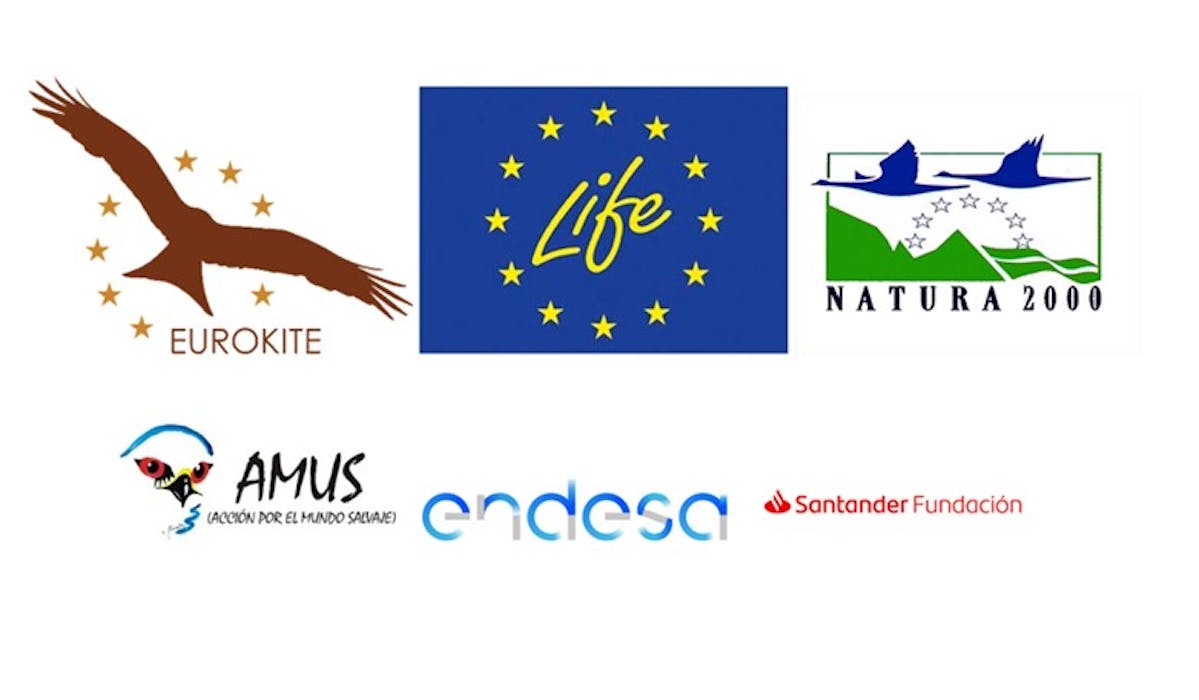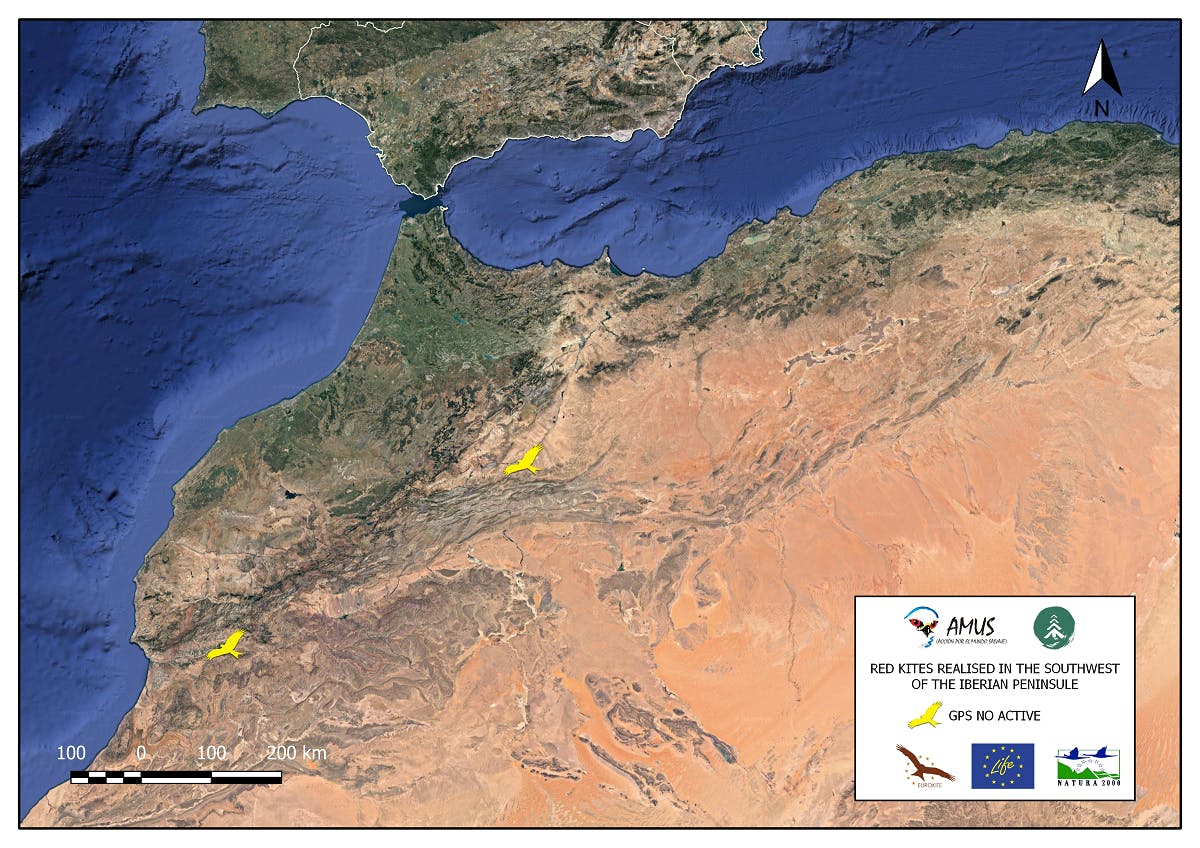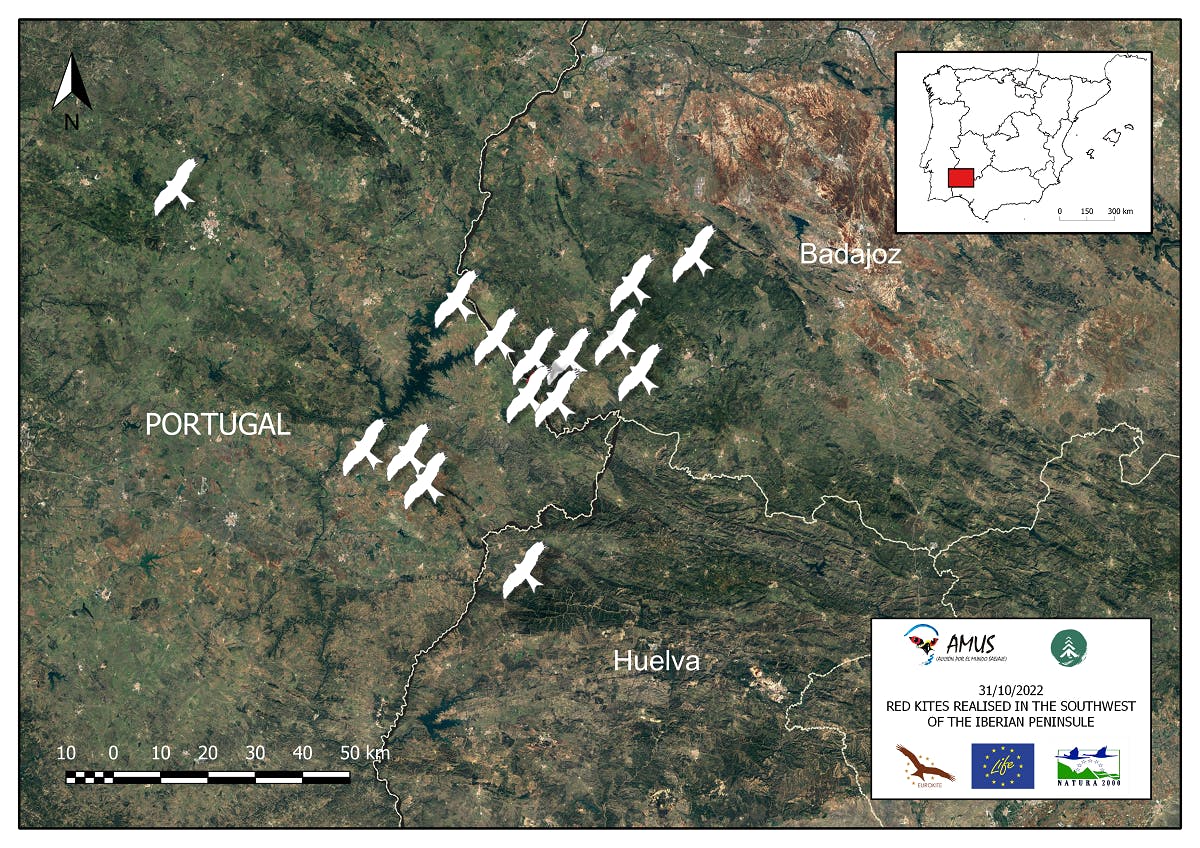- Management Plan
- Total budget: £34,400
- Budget spent: £31,119
- Status: Post-Implementation Monitoring
The red kite (Milvus milvus), an iconic, graceful raptor has had a turbulent relationship with people over the centuries, from once being praised to almost going extinct in the UK. Translocated Spanish red kites saved UK populations last century but now their Spanish cousins are in severe trouble. This project is reinforcing the southernmost populations through reintroducing 120-130 red kites from the UK to Extremadura in Spain, over a 4-year period.
Project Timeline
October 2024
Presenting results collected during the project at the Wingspan conference in Brussels.
read moreJun - Dec 2022-27
Conduct constant GPS monitoring of the released birds.
A Brief History
Red kites are scavengers and opportunistic predators that play a valuable ecological role by cleaning up carrion and small carcasses. This contributes to nutrient cycling and helps limit the spread of disease. In addition, red kites help control populations of small rodents, such as mice and rabbits, keeping their numbers in check and preventing them from becoming pests that could cause both ecological and economic damage.
As both scavengers and predators, red kites provide vital ecosystem services - roles that have earned them both praise and persecution throughout history. In medieval London, they were celebrated for helping to clean the streets of disease. However, in the centuries that followed, their fortunes reversed as they were hunted, their eggs collected, and they were poisoned to extinction across much of the UK.
The reintroduction of red kites, through translocation efforts from Sweden and Spain in the early 1990s, has brought the species back from the brink of extinction in the UK. Now, it’s time to return the favour.
Before we explore the specific action plan of this project, let’s take a closer look at the characteristics and behaviours of red kites.
Characteristics and Diet
Red kites are medium-large raptors endemic to Europe, recognized by their reddish-brown body, forked tail, and wingspan of up to 180 cm. They are skilled hunters, reaching speeds of 113 mph (180 kmh) when diving for prey, which includes small birds, mammals, carrion, earthworms, reptiles, and amphibians.
Habitat, Population & Distribution
Although only previously thought to be an uplands species, we now know they are well adapted to lowlands too. Habitats such as open farmland, valleys or wetlands are where they can be found seeking food and in mature broadleaf woodlands to nest and roost. The global breeding population is estimated at about 32 to 38 thousand pairs distributed across 28 European countries.
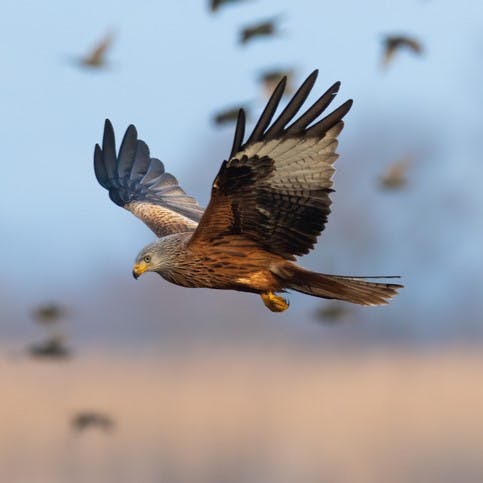
Call for help: southernmost populations dive
The Iberian Peninsula, particularly Spain, has seen alarming declines, with fewer than 50 breeding pairs remaining. The red kite is now listed as endangered in this region, requiring urgent intervention.
Causes of decline
The European Red Kite Action Plan identifies the main threats for this species:
- Poisoning (direct and indirect) - the leading cause of mortality, especially from illegal baits and rodenticides. Between 1990-2005, poisoning is estimated to have killed 14,000 red kites in Spain alone.
- Shooting and capture - especially in Spain.
- Habitat loss - due to agricultural intensification.
- Food availability issues, wind farms, electrocutions, and other contaminants.
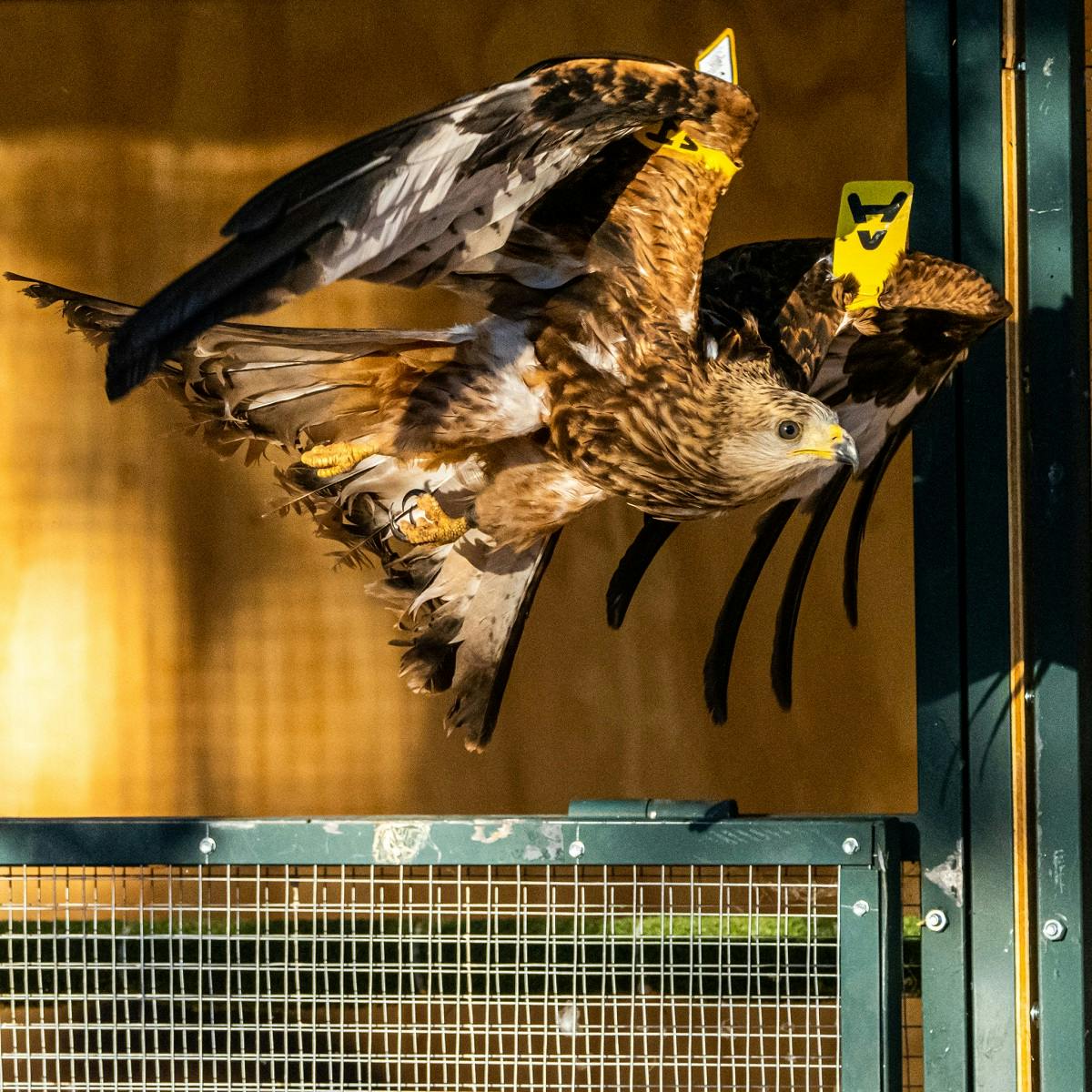
Goals of the project
The project goals, proposed at the 2018 International Red Kite Symposium, aim to: ensure the long-term survival of breeding populations in Iberia; reinforce the species' global range; address key threats and improve habitat conditions.
Feasibility Study
A comprehensive feasibility study assessed a 660,000-hectare area in Spain, following guidelines of the International Union for Conservation of the Nature (IUCN), to evaluate:
- Habitat suitability.
- Food availability.
- Threat presence and mitigation.
- Potential impact on donor populations.
Two external advisory committees, consisting of experts in red kite reintroductions and conservation, were then established, one of which reviewed the study and endorsed the project.
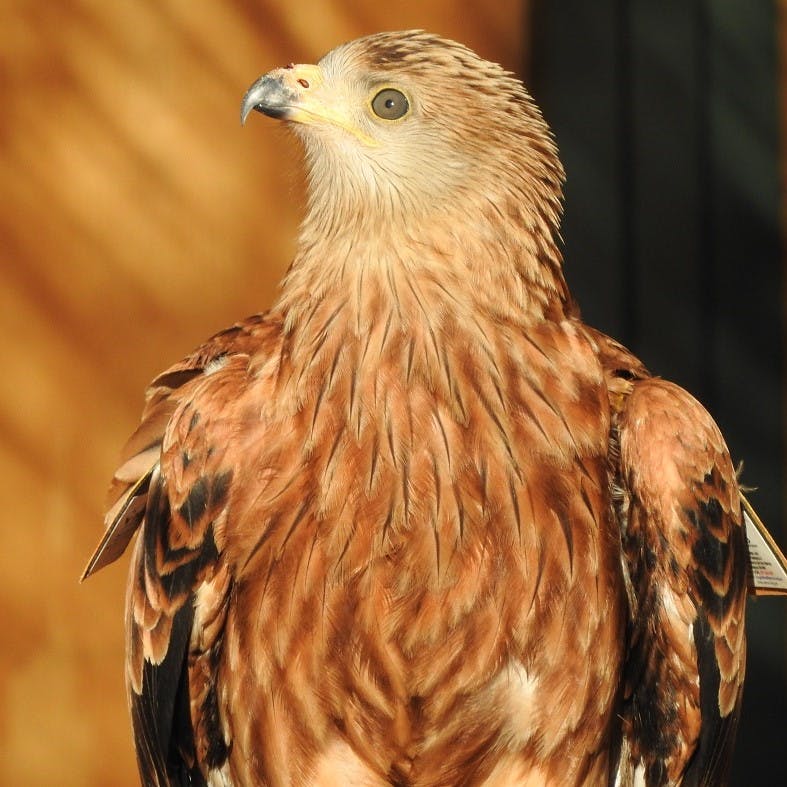
Addressing the threats
Establishing strategies and measures to protect against existing threats is key to the success of this project and was therefore a vital component of the feasibility study. The red kites in the project area face very similar threats to the species on a global scale. However, the study identified the following key threats, specific factors and protection measures on a local level.
- Shooting prevention – Awareness campaigns for hunting associations, supported by wildlife authorities.
- Anti-poisoning strategies – Specialised teams use trained dogs and rangers to detect poison and enforce wildlife crime laws.
- Electrocution prevention – The local electricity company is repairing and maintaining dangerous electric pylons.
- Wind farm risk – No wind farms exist in the project area nor are there plans to construct any.
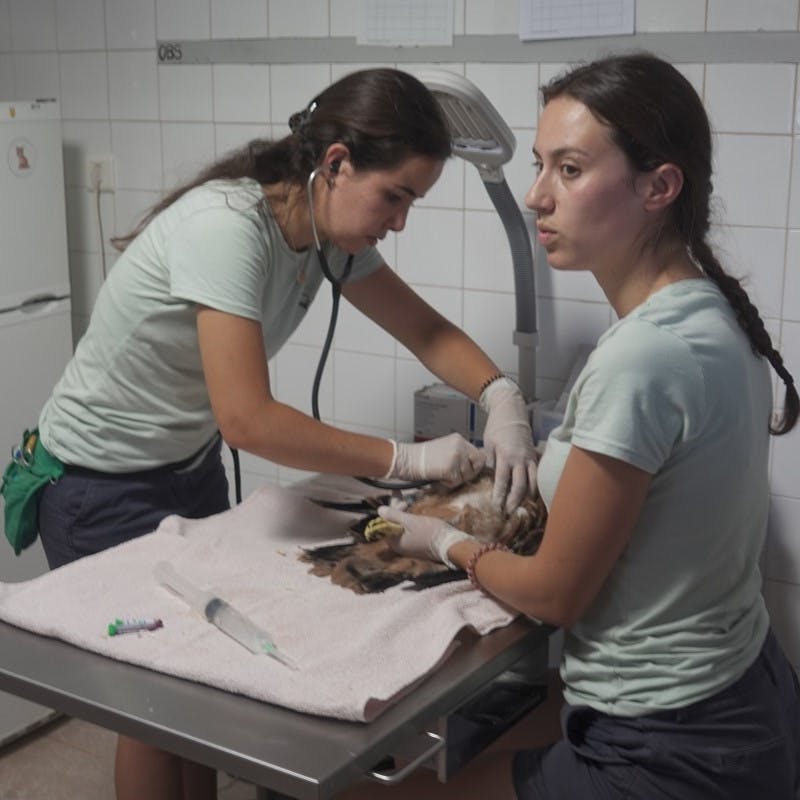
Reintroducing red kites: from the UK to Spain
The project involves translocating 30 red kites from strong UK populations to Spain each year.
- Young birds (6 weeks old) are collected by the RSPB, Natural England, and the Forestry Commission.
- They undergo medical checks at AMUS Wildlife Rescue Centre in Spain.
- After acclimatization, they are transferred to a private estate on the Spainish-Portuguese border, housed in aviaries before release.
- GPS backpacks and wing tags are attached to track movement and identify potential threats.
The red kite release and monitoring area is in the southwest Iberian Peninsula, spanning Andalusia and Extremadura, and Portugal's Alentejo region. The landscape consists of rolling hills, farmland, and infrastructure like roads and power lines. This represents a difficult, yet key challenge, for rewilding projects alike - to integrate nature and people harmoniously. This is where we believe close monitoring through technology will play a big part.
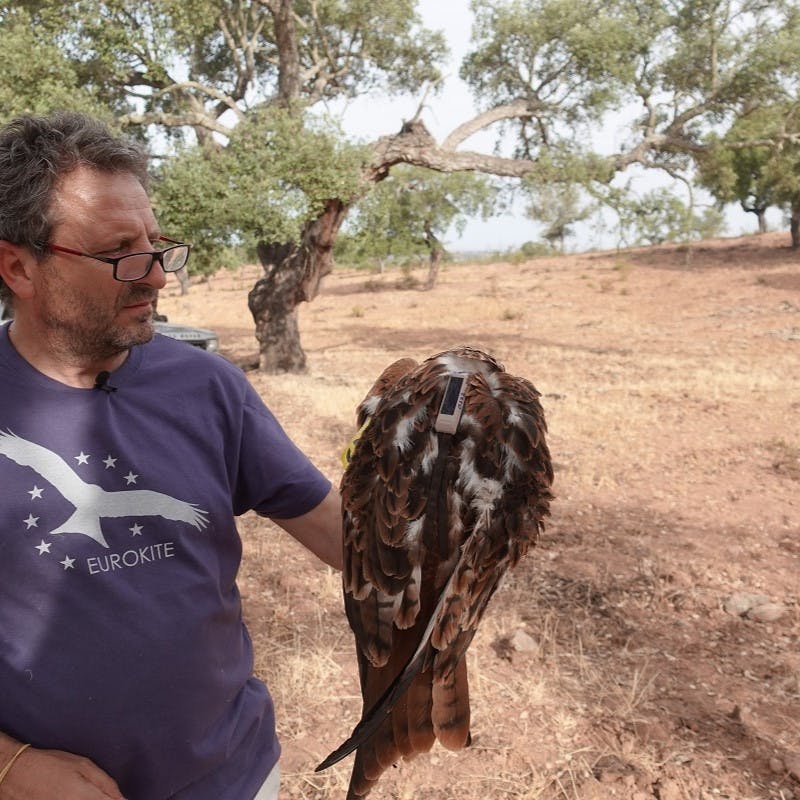
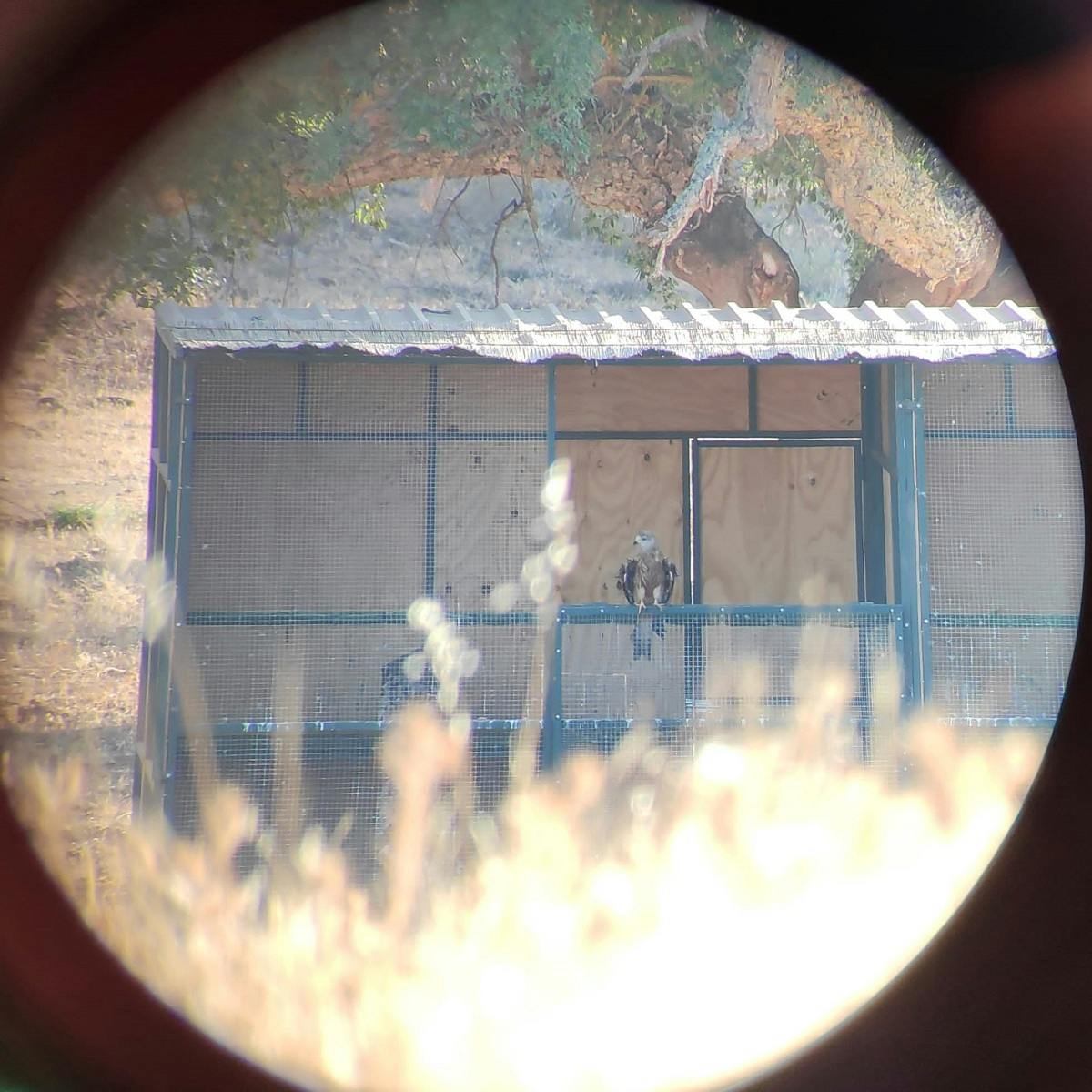
Partnerships, Stakeholders & Funding
- Partners: The planning and delivery of this project draws on the expertise and dedication of our partners AMUS & the RSPB. The enthusiasm and commitment of the project’s manager, Afonso Godino of AMUS, deserves particular mention. He played a central role in getting this project off the ground after 4 years of hard work for a raptor he is passionate about protecting.
- Stakeholders: Wildlife authorities from Spain and Portugal, local municipalities, livestock breeders, hunting societies, and landowners.
- Funding: Primarily from the EU’s LIFE programme, supplemented by member donations to cover aviary, GPS, and release costs.

GPS data from 2022 releases
We’ve been eagerly awaiting data from our birds' GPS tags; it's now arrived with some interesting findings. We can share with you some maps and video footage of the red kites. View the gallery below for the maps and click on the links in this description below to watch the videos.
- Image 1 shows red kites that are alive (white) and red kites that have unfortunately died (red).
- Image 2 shows the last updates from two birds that flew to Morocco before their devices failed (yellow), therefore we are unable to confirm if they are alive or dead.
- Image 3 shows the last updates from five birds in Spain before their devices failed (yellow), again we are unable to confirm if they are alive or dead (except for one - see more details below).
- Image 4 shows the birds that are close to the release area.
- This first video shows red kites and ravens feeding a feeding station close to the red kite release site.
- This second video shows griffon vultures and ravens feasting at the same feeding station.
More details
Some of the birds are roosting near to and feeding at a feeding station managed by AMUS in collaboration with local livestock breeders close to the release site. Camera trap footage from the feeding station shows they are healthy. In terms of the birds that died, we know two were predated by a Eurasian Owl, one was probably electrocuted, *and two are believed to have been poisoned but we are awaiting the toxicology report. The remaining red kites are spread across the West of Spain and GPS data suggests all is normal with the birds. Finally, one of the birds that lost GPS connection has been spotted alive in Spain by its wing tag!
*February 2023 Update: sadly, another red kite has died from direct poisoning in the South of Portugal.
*April 2023 Update: Red kite no. 8 takes a day trip to the Portuguese coast!
Read our full updates of these events in your account or on our social media channels.
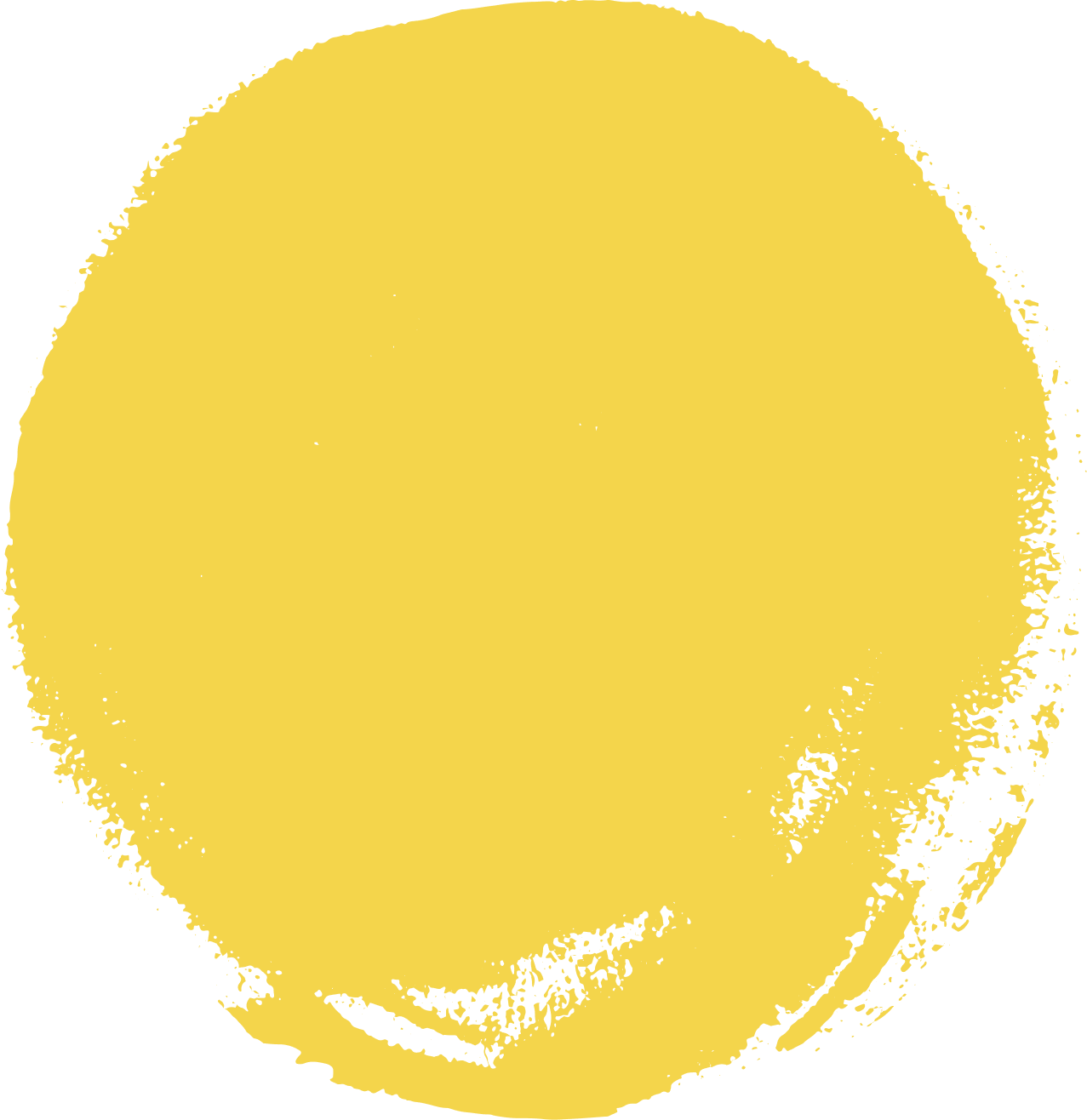
GPS Maps
The first series of maps from our GPS tags show a mix of behaviour. The final map shows red kite no.8's journey.
Project vlogs
Follow the effort to reinforce red kites through this series of vlogs.
Project Discussion
In this video, we discuss the issue of poisoning of reintroduced red kites with project partner Afonso Godino from AMUS.
This Project is funded by
